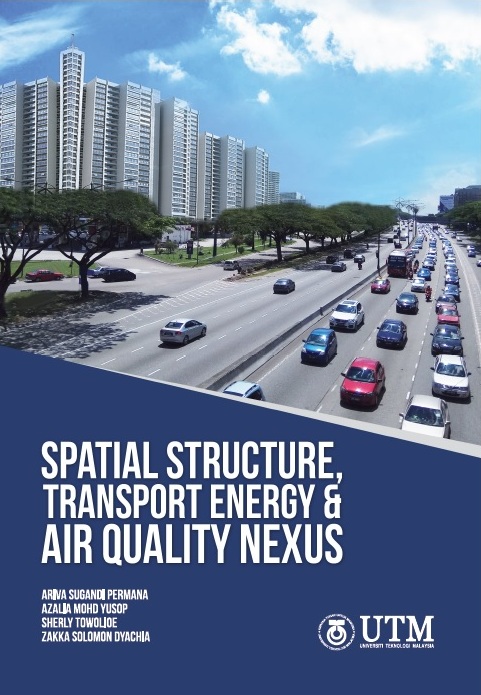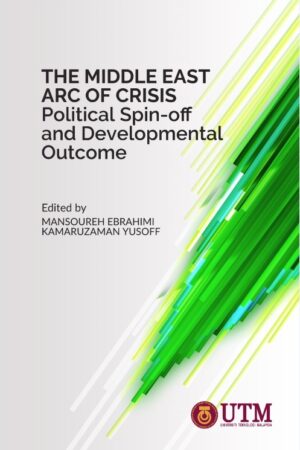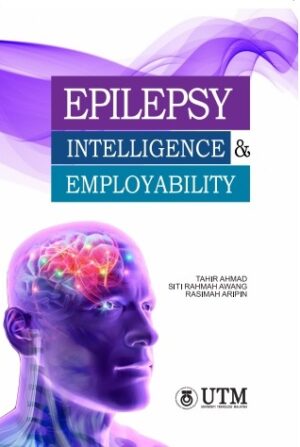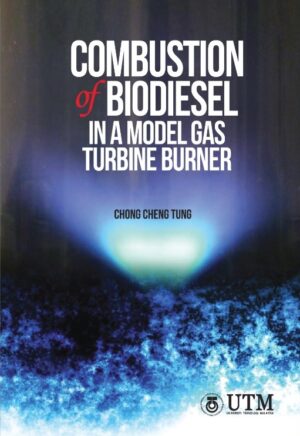Description
Land use, transport and air quality have been proven to have a strong connection and together they form a nexus. Any changes in land use from natural to built-environment would generate more traffic volumes. This leads to more transport energy consumption and air pollution. This book describes a study that was carried out in Iskandar Malaysia, one of the fastest growth region in the southern part of Peninsular Malaysia. The region was conceived on the foundations of Johor’s economic success and its leading competitiveness on the global stage.
This book assesses the spatial policies of Iskandar Malaysia and its interplay with generated traffic volumes due to anthropogenic activities, such as working, shopping and going to school. An origin destination survey involving spatially distributed respondents in Iskandar Malaysia was carried out to understand the mobility pattern of the citizens, i.e. origin, destination, the links, purpose and transport modes. Traffic surveys in some collector roads were accomplished to confirm the land use changes and traffic volume interconnections. A correlation model of traffic volume and the quantity of air pollutants were also developed. The study found that as Iskandar Malaysia shifts towards more polycentric region with strong connections between the urban centers, the transportation sector contributed significantly to the degradation of air quality in the region. A promotion on Low Carbon city that focuses on the transportation sector maybe one of many options to improve the urban air quality.





